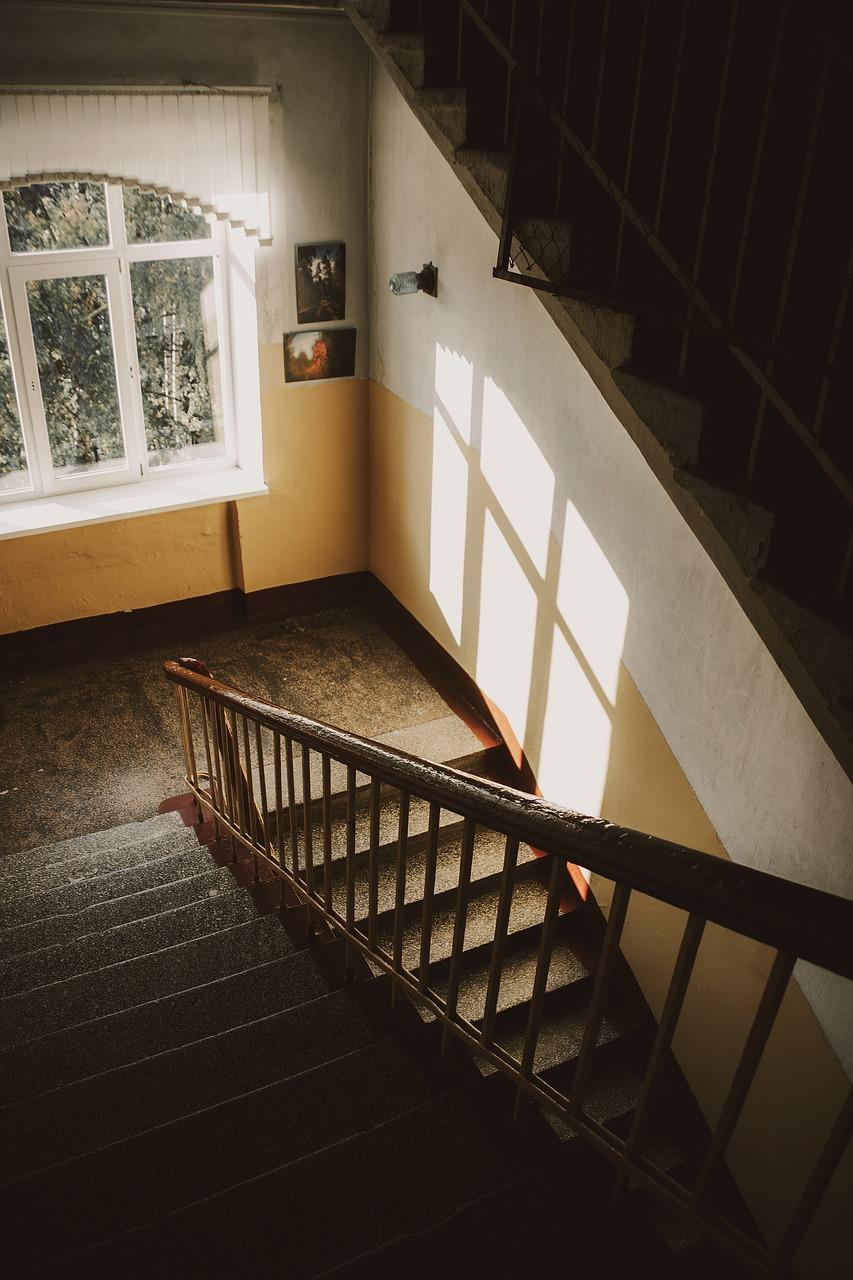How to Highlight Architectural Features with Lighting
Lighting is more than just a necessity for viewing your space-it is a powerful design tool that can dramatically emphasize architectural features. Whether it’s the intricate molding on your ceiling, textured stone walls, or grand columns, the right lighting can enhance these elements, adding depth, drama, and personality to your home or commercial space. In this detailed guide, we’ll explore how to highlight architectural features with lighting, providing valuable insights, practical tips, and creative ideas to transform your environment.
Why Use Lighting to Highlight Architectural Features?
Before diving into techniques, it’s important to understand why architectural lighting matters and the benefits it offers:
- Accentuates Design Details: Lighting brings attention to unique shapes, textures, and color contrasts that may otherwise go unnoticed.
- Enhances Ambiance: Strategic lighting creates mood and atmosphere, making spaces more inviting and comfortable.
- Improves Functionality: Besides aesthetics, highlighting features can also help orient movement and improve spatial perception.
- Increases Property Value: Thoughtful lighting is seen as a design upgrade, which can elevate the appeal and value of any property.
Types of Lighting to Highlight Architectural Features
Understanding the different lighting styles is fundamental to using illumination effectively in your space. Here are the main types:
| Lighting Type | Description | Best For |
|---|---|---|
| Accent Lighting | Focused lights that highlight specific architectural elements. | Artwork, columns, niches, and textured walls |
| Wall Grazing | Light placed close to a surface to emphasize texture and depth. | Brick walls, stone facades, and decorative plaster |
| Uplighting | Lights aimed upwards to create dramatic shadow effects. | Tall pillars, trees, staircases |
| Downlighting | Lights placed above, casting light downward to reveal features. | Archways, balustrades, and ceiling details |
| Backlighting | Light positioned behind objects to create silhouettes or glowing edges. | Windows, glass features, and artistic panels |
Step-by-Step Guide: How to Highlight Architectural Features with Lighting
1. Identify Key Architectural Features
Start by walking through your space and noting interesting or unique features-be it exposed beams, built-in shelves, ornate moldings, or textured walls. Write down or take photos of elements you want to emphasize.
2. Choose the Right Lighting Fixtures
Select fixtures that suit the features and your overall interior style. For example, recessed spotlights are perfect for minimalist modern spaces, while wall sconces offer a more classic and warm look.
3. Select Appropriate Bulbs and Color Temperatures
- Use warm white (2700K-3000K) for cozy, inviting atmospheres.
- Cool white (3500K-4100K) is suitable for modern, clean designs.
- Daylight bulbs (5000K+) work great for high-contrast textures.
4. Position Lights Strategically
Think about angles, distance, and height. Wall grazing works best with lights placed no more than 12 inches from the surface, while uplighting requires floor fixtures or recessed well lights aimed up.
5. Control Intensity and Focus
Utilize dimmers, adjustable fixtures, and beam angles to regulate light intensity and direction. This flexibility ensures your lighting adapts to different times of day and uses.
6. Layer Lighting
Combine ambient, task, and accent lighting to create balanced illumination that highlights features without overwhelming the space.
Practical Tips for Optimal Architectural Lighting
- Use LED Lighting: Energy-efficient LEDs last longer and generate less heat, ensuring your architectural features are safely illuminated.
- Keep It Subtle: Lighting should complement, not overpower. Soft accents typically enhance features without distraction.
- Consider Outdoor Lighting: For exterior features like facades and landscaping, use weather-resistant fixtures with appropriate brightness.
- Mind Shadows: Shadows can add drama or detract-test your setup in different conditions to balance effect.
- Highlight with Color: Creative use of colored lighting (RGB LEDs) can transform stonework or alcoves for special occasions.
Case Study: Highlighting a Living Room’s Architectural Elegance
A client’s historic home featured intricate crown molding and built-in bookshelves, but the beauty was hidden. We installed adjustable recessed spotlights with warm white LEDs to cast direct light on the molding, while LED strips were hidden above shelves for subtle glow. Wall grazing fixtures along a textured accent wall created gentle shadows, enriching texture. The result was a warm, inviting room where architectural details became focal points, increasing both visual interest and homeowner satisfaction.
Common Architectural Features and Recommended Lighting Solutions
| Feature | Recommended Lighting Style | Notes |
|---|---|---|
| Exposed Beams | Uplighting & Accent Spotlights | Creates height and drama |
| Textured Brick Walls | Wall Grazing | Enhances surface detail |
| Archways | Downlighting & Cove Lights | Defines shape elegantly |
| Columns and Pillars | Accent Spotlights & Uplights | Highlights solidity and form |
| Built-in Shelves | LED Strips & Small Spotlights | Showcases contents and depth |
Conclusion
Highlighting architectural features with lighting is a transformative way to enhance your space’s character and functionality. By carefully selecting lighting types, positioning fixtures thoughtfully, and layering illumination, you can create stunning focal points and moods that celebrate your architecture’s unique beauty. Whether you’re aiming for subtle elegance or dramatic flair, lighting can be your most creative and effective tool. Start planning today, and watch your architectural gems come to life in a whole new light.



